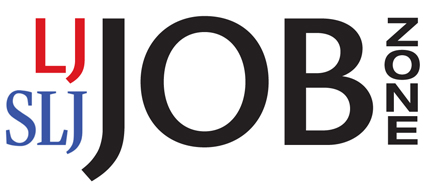"NISO Revised Recommended Practice for RFID in U.S. Libraries Available for Public Comment"
The National Information Standards Organization announces the availability of RFID in U.S. Libraries (NISO RP-6-201x) for a thirty day public comment period, beginning immediately and ending on June 9, 2011. This revision of the 2008 Recommended Practice recommends a set of practices and procedures to ensure interoperability among U.S. RFID implementations in libraries. By following these recommendations, libraries can ensure that an RFID tag in one library can be used seamlessly by another, even if they have different suppliers for tags, hardware, and software.
[Clip]
Since the publication of the original Recommended Practice, there have been new developments with regard to RFID implementation in the larger book industry as well as in other countries. Most importantly, the International Organization for Standardization (ISO) has published a three-part international standard on RFID in Libraries (ISO 28560) governing the data model and the encoding of data on RFID tags for item management in libraries. The revised NISO Recommended Practice has been updated to reflect changes in technology and security and privacy measures, and to conform to the new ISO standard.
“RFID in U.S. Libraries defines a model for the data elements to be placed on library RFID tags, as well as the formatting and encoding of that data,” explains Paul Sevcik, Lead Product Development Specialist at 3M Library Systems and co-chair of the NISO RFID Revision Working Group. “The international standard offers two different encoding options and many optional data elements, so it is critical that U.S. implementers adopt a common approach for implementing the standard.”
[Clip]
“This revision included input from RFID hardware manufacturers, solution providers (software and integration), content distributors and libraries,” said Todd Carpenter, NISO Managing Director. “In addition to the data model, the Recommended Practice provides guidelines on security, privacy, vandalism, and migrating existing library RFID implementations to the new model. Standardizing on this Recommended Practice will allow the RFID tag to be used in the entire lifecycle of physical library materials, including the upstream processes of acquisition and distribution.”
Direct to Background, Problem Statement, and Full Text of RFID in U.S. Libraries
Filed under: Data Files, Libraries, Management and Leadership, Resources
About Gary Price
Gary Price (gprice@gmail.com) is a librarian, writer, consultant, and frequent conference speaker based in the Washington D.C. metro area. He earned his MLIS degree from Wayne State University in Detroit. Price has won several awards including the SLA Innovations in Technology Award and Alumnus of the Year from the Wayne St. University Library and Information Science Program. From 2006-2009 he was Director of Online Information Services at Ask.com.


